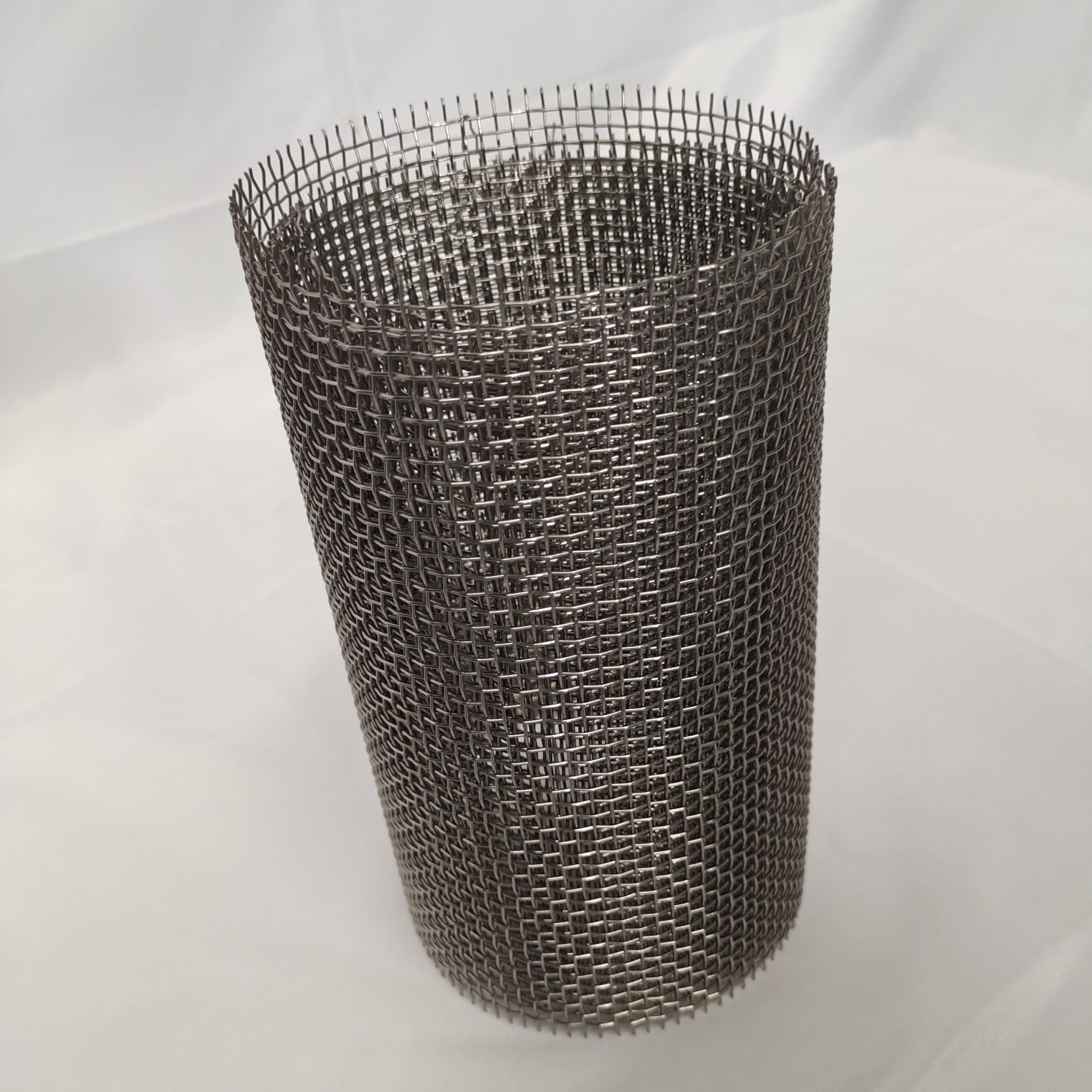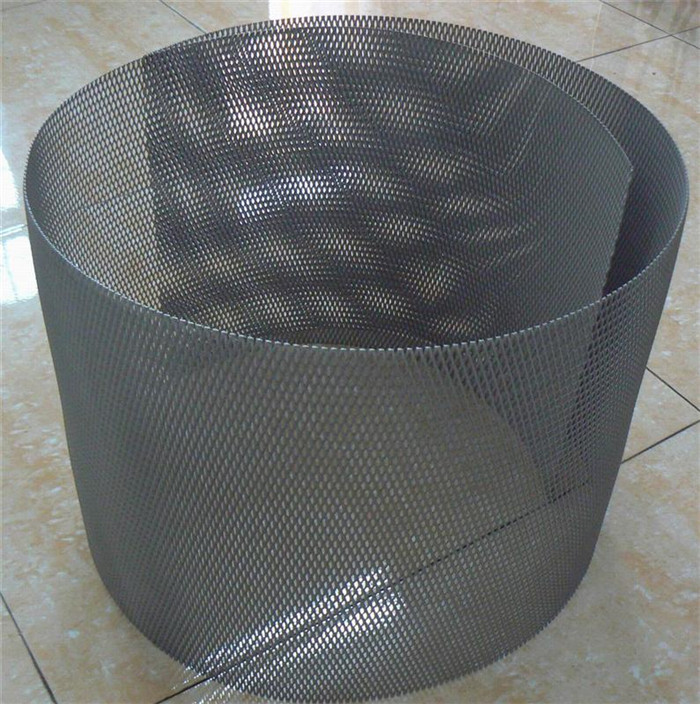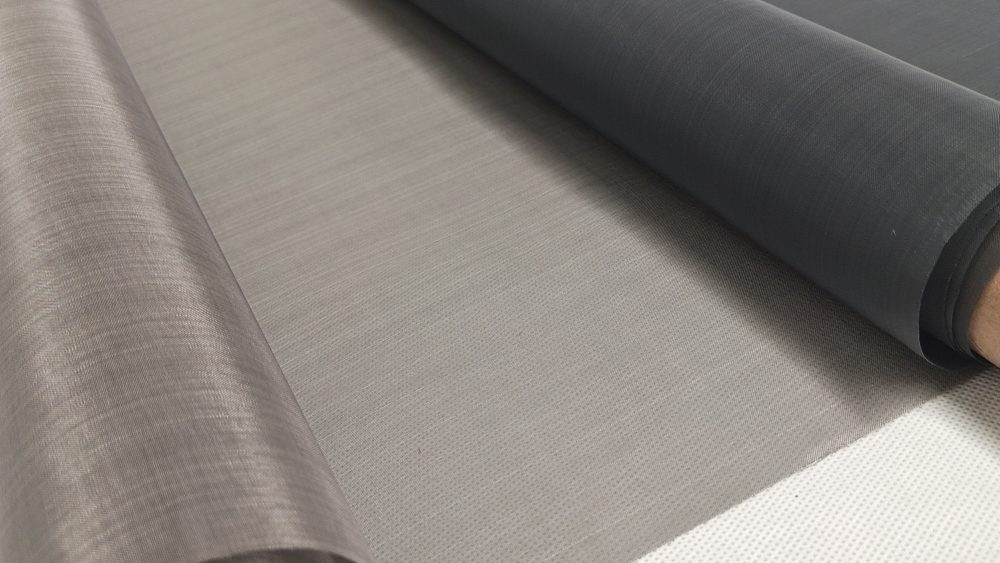Tungsten wire mesh is a high-performance metallic material widely used in high-temperature, high-strength, and high-precision applications across industries such as aerospace, electronics, energy, and medical research. Owing to tungsten’s excellent thermal stability, mechanical strength, and chemical resistance, tungsten wire mesh has become indispensable in extreme working environments. Below we introduce the production process and application scenarios of Tungsten wire mesh
I. Production Process
The production of tungsten wire mesh involves advanced metallurgical and weaving technologies to maintain precision and material integrity. The main steps are as follows:
1. Powder Metallurgy
The process starts with the selection of high-purity tungsten powder:
- The powder is compacted into cylindrical blanks using cold isostatic pressing.
- These blanks are then subjected to high-temperature sintering (ranging from 2000℃ to 3000℃) under a hydrogen-protected atmosphere to prevent oxidation and produce dense tungsten rods.
2. Wire Drawing
The tungsten rods are further processed through:
- Hot rolling or rotary forging to form thick wires.
- Subsequent multiple stages of wire drawing, interspersed with annealing, help to gradually reduce the wire diameter while eliminating internal stresses.
- The final wire diameter typically ranges from 0.01 mm to 0.5 mm depending on mesh requirements.
3. Weaving
Weaving is done using specialized looms:
- Wires are interwoven using plain weave, twill weave, or Dutch weave patterns.
- The mesh count varies from 10 to 400 meshes per inch, depending on the desired precision and porosity.
- Tension control and wire uniformity are crucial to ensure consistency across the mesh.

II. Common Brands
Tungsten wire mesh is categorized based on its purity and the presence of doping elements.
1. Pure Tungsten Wire Mesh
- Grades such as W1 or W2 offer a purity level of ≥99.95% with no added dopants.
- Typically used in high-vacuum and thermal applications due to minimal outgassing.
2. Doped Tungsten Wire Mesh
- ThO₂ Doped (WTh-10): Contains 0.7%–1.3% thorium oxide to improve thermionic electron emission. It is used in vacuum tubes and thermionic devices.
- Re Doped (WRe3 or WRe5): Contains 3–5% rhenium, which enhances ductility and creep resistance at high temperatures. Commonly used in aerospace and high-stress thermal environments.
III. Application Fields and Examples
Thanks to its unique properties, tungsten wire mesh finds extensive use in a wide range of high-performance applications:
1. High-Temperature Industry
- Vacuum Furnace Shielding: Used as insulation screens or heating zones during the sintering of tungsten carbide tools.
- Crystal Growth Support: Functions as a structural support in single crystal silicon growth furnaces operating above 1600℃.
2. Electronics and Lighting
- Electron Tube Grids: Acts as a control grid in high-power transmitting tubes for radar and broadcasting.
- Filament Support Structures: Ensures vibration resistance and heat management in incandescent lamps.
3. Aerospace
- Rocket Engine Filters: Filters impurities in fuel and resists erosion by high-velocity combustion gases.
- Thermal Control Mesh in Satellites: Applied as a high-emissivity heat dissipation layer in thermal regulation systems.
4. Chemical and Nuclear Industries
- Acid Filters: Replaces graphite filters in corrosive environments like hydrochloric acid electrolysis, with longer operational life.
- Nuclear Fusion Devices: Serves as the first wall lining to absorb neutron bombardment in experimental fusion reactors.
5. Medical and Scientific Equipment
- X-Ray Collimators: Tungsten’s density makes it ideal for limiting stray radiation in diagnostic imaging.
- SEM Sample Holders: Conductive, non-magnetic properties make it suitable for sample stages in scanning electron microscopes.

IV. Advantages of Tungsten Wire Mesh
Tungsten wire mesh delivers a series of unmatched advantages in high-performance environments:
- Extreme Temperature Resistance: Withstands continuous operation at up to 2800℃ and short-term exposure to 3000℃, outperforming molybdenum (1600℃) and stainless steel (800℃).
- Dimensional Stability: Its low thermal expansion coefficient (4.5×10⁻⁶/℃) maintains structural integrity at fluctuating temperatures.
- High Strength and Rigidity: Tensile strength ranges from 1500 to 4000 MPa, depending on the wire diameter and annealing method.
- Corrosion Resistance: Demonstrates high resistance to molten metals (like copper and aluminum), and acidic/alkaline environments, except in strong oxidizing acids.
- Superior Electronic Properties: High electron work function (4.55 eV) makes it suitable for vacuum electronic devices.
V. Special Application Scenarios
Semiconductor Industry:
In MOCVD reactors for gallium nitride (GaN) epitaxy, tungsten wire mesh is used to support wafers. Its stability at high temperature minimizes lattice deformation, ensuring crystal quality.
Defense Applications:
Used in composite armor for anti-armor projectiles, tungsten wire mesh helps absorb and disperse kinetic energy due to its exceptional density and rigidity.
In summary, tungsten wire mesh is an indispensable material in high-end technologies requiring durability, thermal endurance, and precision. With applications ranging from vacuum electronics to nuclear fusion research, tungsten wire mesh is the material of choice for operating under extreme conditions. Its production process, from powder metallurgy to high-precision weaving, ensures consistent quality and performance across industries.
Get Quote
We would like to hear from you. Please get in touch with us by filling out the contact form below, we will get back to you shortly.



Comments are closed.